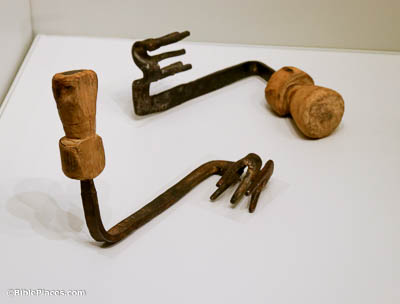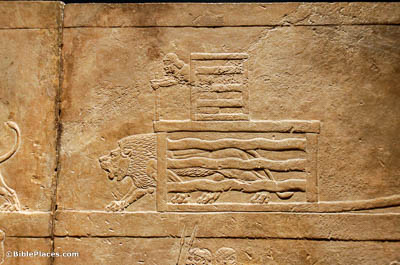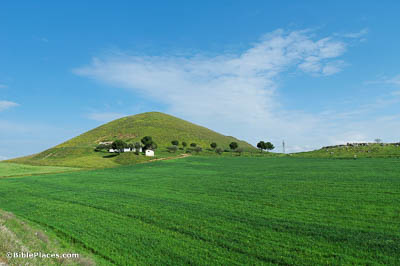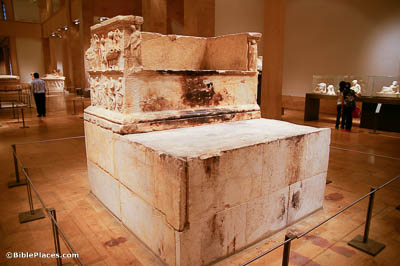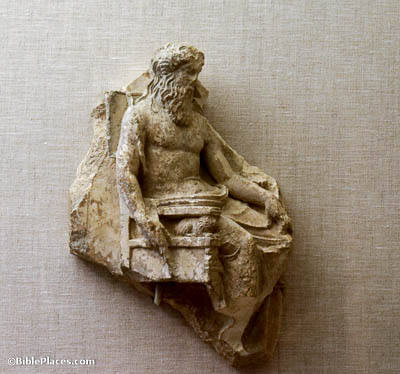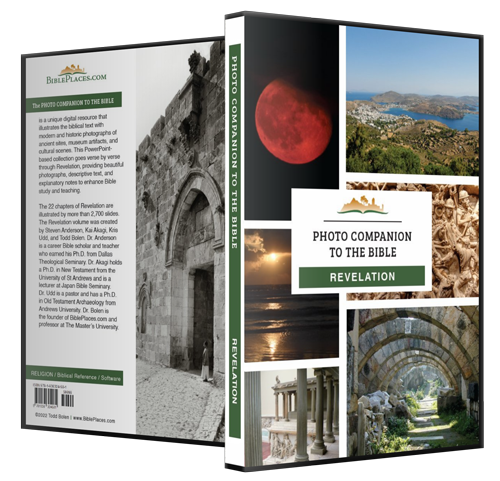I saw an angel coming down out of heaven, having the key to the abyss (Revelation 20:1).
The two iron and wood keys shown here were probably intended for use on the lock that secured the bar and door of a house. They were apparently brought to the Cave of the Letters by refugees of the Second Jewish Revolt in the hope that the owner would eventually return home and find the structure secured. These iron keys with wood handles were photographed at the Israel Museum.
